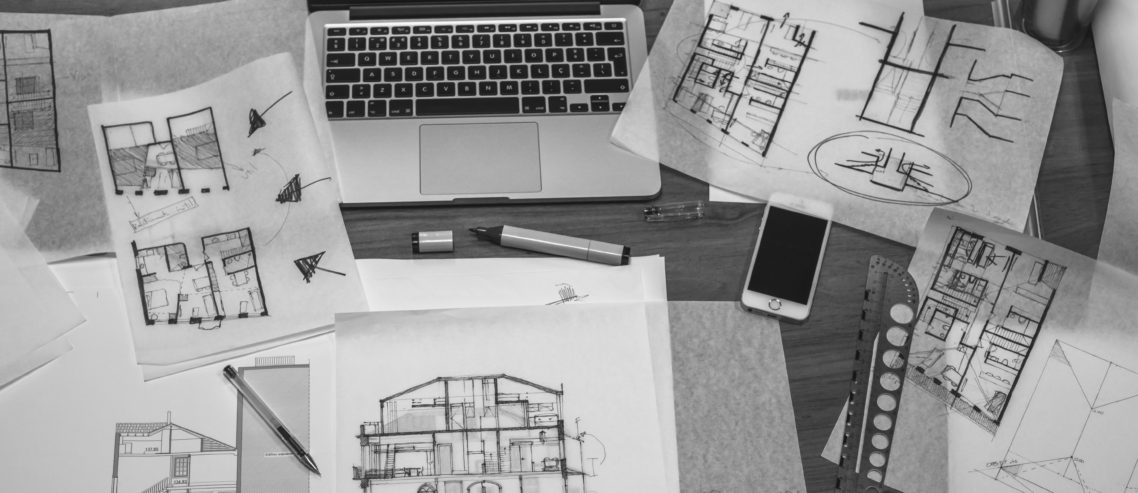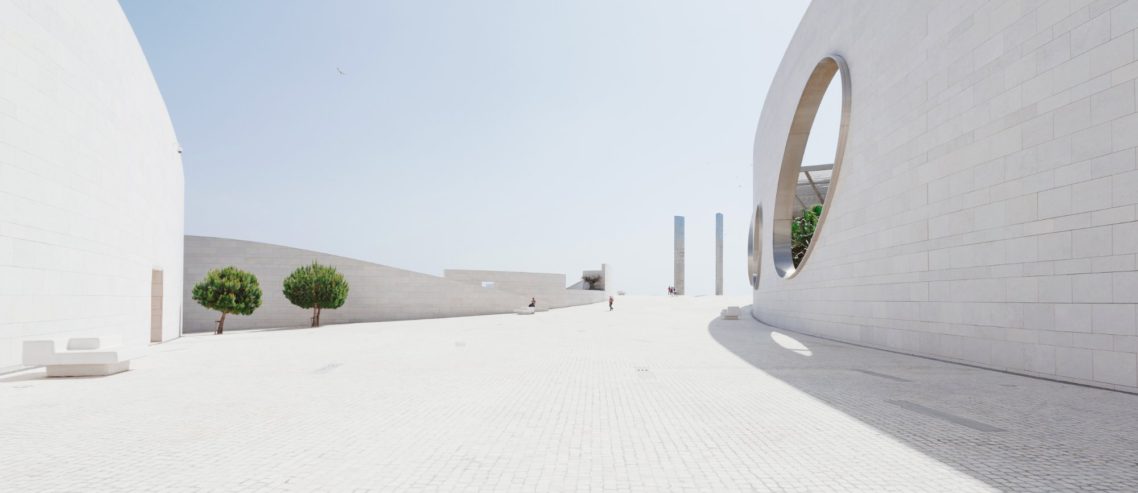10 simple strategies to support stunning student portfolios

My niece recently questioned me on how to compile and compose a great portfolio…
She is a student of 12th standard aspiring to join a Design School next.
Upon clearing written entrance test students are required to attend a portfolio interview in most design schools to get qualified for admission.
This requires students to compile and compose their work in a systematic manner and present, for the jury to assess student’s aptitude for design education.
While I explained the whole strategy and sequence over a long phone call, I felt the need to document and share the same with a larger audience.
Hence this blog…
This article is generic in its nature to serve as a Presentation SOP of sorts (for Design firms), interviewer’s guide or for the use of graduates attending job interviews too.
1. Context
If you are a student applying to a Design School, it is important to understand that the portfolio interview process is not about proving to the jury that you are a ‘designer about to arrive’. It is only to demonstrate the potential and ability to learn and be a designer in future. To showcase your growth path and evolution.
If you understand the above distinction you will project the right attitude.
For any context (like job interview etc.)– it is great to project the right attitude while presenting a body of work through your portfolio.
An attitude rooted in humility, pleasantness and confidence, in other words – true to one’s nature will serve you well.
Humility needs to be stressed a little more here, because in the field of design (ruled by egos mostly) the wisdom that every presentation is an opportunity to unlearn and re-learn will prove profitable.
The following is a ‘bear in mind’ list for portfolio preparation
2. Authenticity
The first quality of a great portfolio is its authenticity. In a world driven by showmanship and a certain degree of falseness, there is a temptation to twist facts and project something that is not. This must be avoided.
My advice to students, jury and all presenters is to be true to the content and the person you are. Your confidence comes from your authenticity.
Let the work speak for itself, avoid placing personal picture first on your portfolio.
Do not hide mistakes while attempting to show your best work.
Always showcase what is genuinely your effort and be candid about team projects and borrowed content.
3. Simplicity
There is a popular notion among designers (or aspiring designers) that complication is cool. Abstraction to some extent is fine, however simplicity spells greatness.
Language, composition and sequential flow that is simple and easy to comprehend is appreciated better than complicated content.
4. Catalogue your work into sections
· Quantity is less important than quality, while one should be showcasing everything one has, it is important to catalogue or Index it logically. Like for instance starting with a personal note and philosophy followed by sections such as pencil sketches, charcoal, water color, acrylic on canvas, perspectives, digital art, origami, models, prototypes, collage and compositions, photography and the like.
· Curate and sequence it, to suit the context – this is very important. Each instance for showcasing your portfolio needs re-organization to suit the context.
· Highlight your area of interest – In the entire portfolio your core strengths and area of interest need to be highlighted and prioritized in the early pages.
5. Show process and progress
While finished product is the best version, the process of achieving the same is good to be documented. Progress images, rough models or sketches leading up to the final version and the gentle story-line of thought process, challenges and triumphs is a great way to present. This can be illustrated once for each category and similar work output can be presented at the end of section in a collage form.
Visual journey – take the viewers through a nice flow of visual journey or storyline
6. Timeline – Reverse chronological order
One naturally evolves as an artist or designer over time and my recommendation is to put the latest work first and proceed in reverse chronological order.
While this may be a subject of debate and logical way of showing evolution is to have natural chronology.
My view stems from the fact that the attention span of humans is limited, and the best must be shown first.
7. Composition tips
· Make the most important work stand out – in every sheet position a larger focal image and compose the rest of the content around or on the side.
· Understand the time limitation and attention deficiency – composition should be very simple and graspable in a glance.
· Visual order and harmony is very important across the portfolio.
· Less is more – crowded sheets create unpleasant experience.
· Image captions – a creative but short way of captioning the images helps in greater connect with the body of work.
· Ensure the right resolution to file size ratio on digital portfolio / soft copy.
· Printed portfolio should have the highest resolution images and high quality of printing.
8. Versatility & Detail
It helps to showcase one’s versatility in the portfolio. Be it medium used, technology or style of artwork or design.
It is typical of creative people to ignore the written word. Pay attention to spellings, grammar, choice of words and phrases in written content.
Show the non-design side of you – this is critical too. It is advisable to show your other interests like sports, cooking and theatre to name a few.
It is must to have an online version of your portfolio. Avoid animation in the on-line portfolio – it loads slower and normally smells showiness or lack of depth.
9. Originals matter
Originals like canvas, drawing books, paper, models etc. (even a tissue paper with sketch) is better preserved and carried for bringing in an authentic flavor.
Carry your originals even if they are messy or dog eared.
10. Certificates & Testimonials
A note of appreciation, snap-shot of a positive review or message, a certificate by important organization or person should be placed in an orderly fashion to present during interview.
Typically, as multiple jury members interview a candidate it is good to carry at least 2 portfolio copies, binder of originals and a folder of certificates separately to handout to individuals across the table.
Conclusion
Presenters should review their compilation and content critically, update regularly and stay current by eliminating irrelevant content.
It is easier to keep a master file of everything and re-sequence and prune for each context.
And some conversation tips…,
· Do not contest other’s views, however validate your views and highlight your reason – your why!
· Receive feedback with grace
· Smile and thank the jury
· Share your story and highlight the human side of you




